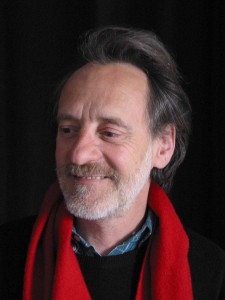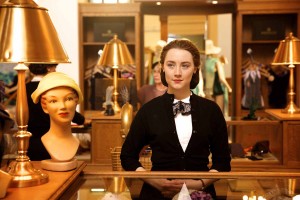![]()

Especially interesting to Séguin was how the film, which is based on a novel by Colm Tóibín, would be translated from book to film. The character-driven story is not based on action, so turning it into a film that worked was very attractive to him. “The only thing that happens is the sister died and we don’t even see her dying on screen so I was very curious how this thing was going to translate. That’s why this movie is so magical, because we get carried on by the story of a woman. It’s so refreshing because this thing is not a big story, but it captivates us for two hours,” said Séguin.

Even though the story’s setting is the 1950s for much of the film, what Séguin recreates in the interior scenes is from the mid 1920s. “Because up until the 1960s, people didn’t really change their interiors. They established it, they put up the wallpaper, they put in the furniture and they didn’t change it. It would be changed by the next owner but not in their time,” he said.
Working on Brooklyn was a dream for Séguin because he had a wonderful and open collaboration with the director and the actors were all so great. He had many lovely memories and one in particular, the big reveal of the department store, especially pleased him. When they originally scouted the location, it had been a library and Séguin and his team turned it into a very believable period department store, which was a massive undertaking. It was a proud moment for the whole team. “It’s nice when everybody who is working is happy with what they are doing because when people feel like they are doing good work, they just push more. Everyone was working to the last moment.” The director was equally pleased. “John hadn’t seen it, and when everyone walked in he was happy. It was a nice warm feeling,” the production designer said.





